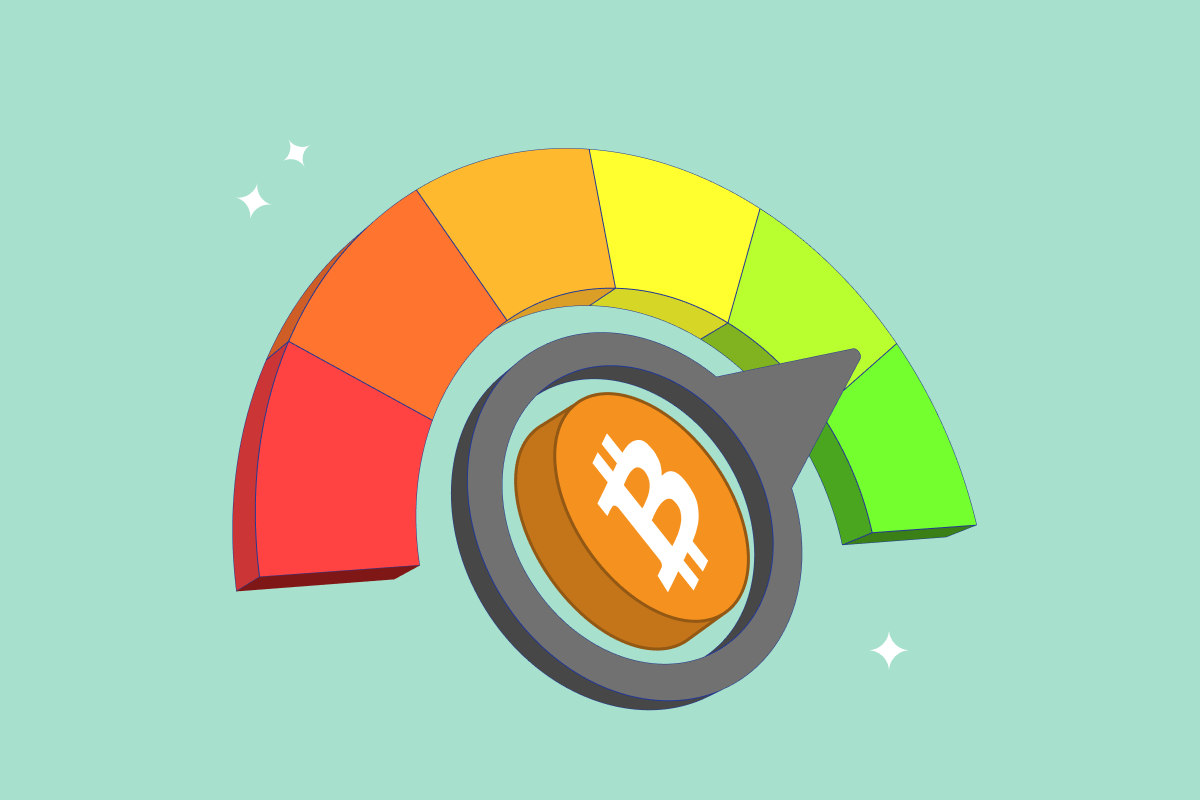The financial world is full of complex data, charts, and analysis. Yet, one of the most significant forces influencing market movements isn’t always found on a balance sheet or income statement. It’s called market sentiment, and it plays a critical role in the decision-making process of investors and traders alike. In this article, we will explore what the Market Sentiment Index is, how it works, and how you can use it to better understand the financial markets.
What is the Market Sentiment Index?

Market sentiment refers to the overall attitude or feeling that investors have about a particular market or asset. It’s a psychological measure that can indicate whether investors are feeling optimistic (bullish) or pessimistic (bearish) about the future. Unlike fundamental analysis, which is rooted in tangible data like earnings reports, sentiment analysis focuses on emotions, opinions, and behaviors. The Market Sentiment Index aggregates these feelings into a single indicator, providing a snapshot of the overall mood of the market.
How Market Sentiment is Measured
Measuring market sentiment is a challenging but essential task. Several tools and indicators are used by traders to gauge the mood of the market:
- Surveys: Polls conducted with investors or market participants to get a direct sense of sentiment.
- Sentiment Indicators: Tools like the Volatility Index (VIX) or the Fear and Greed Index provide numerical representations of market sentiment.
- Social Media and News: In today’s world, sentiment analysis also includes monitoring platforms like Twitter and financial news outlets to gauge the public mood.
The Role of Market Sentiment in Trading
Understanding market sentiment is crucial for traders because it often determines the direction of asset prices. For example, if market sentiment is overwhelmingly positive, it can push stock prices higher, even in the absence of strong fundamental data. On the flip side, negative sentiment can lead to sharp sell-offs, regardless of the underlying value of the asset. In many cases, the mood of the market can lead to either an overreaction or underreaction, creating buying or selling opportunities.
Key Components of a Market Sentiment Index
The Market Sentiment Index is made up of several components that together create a picture of the overall market mood:
- Bullish vs. Bearish Sentiment: A simple measure of how many investors expect the market to go up (bullish) versus down (bearish).
- Fear and Greed Index: This index quantifies the balance between two powerful emotions: fear (which drives prices down) and greed (which drives prices up).
- Volatility Index (VIX): Often called the “Fear Gauge,” the VIX measures the market’s expectation of volatility.
Popular Market Sentiment Indicators
- Moving Averages: A commonly used technical indicator that smooths out price data to reveal trends.
- Put/Call Ratio: This ratio compares the volume of put options to call options to gauge market sentiment.
- Relative Strength Index (RSI): Measures the speed and change of price movements to identify overbought or oversold conditions.
- Volume Indicators: Increasing or decreasing volume can provide insights into the strength of a price move.
Sentiment vs. Fundamentals
One of the ongoing debates in the world of investing is the balance between sentiment and fundamentals. While fundamental analysis looks at the actual financial health of a company, sentiment analysis focuses on how investors feel about it. Sometimes, the sentiment can be so strong that it overrides the fundamentals, causing a stock to rise or fall dramatically without any changes in its underlying financials.
Using the Market Sentiment Index in Stock Trading
Many traders use market sentiment to time their trades. For instance, when sentiment becomes extremely bullish, contrarian investors may see this as a sign to sell, believing that the market is overbought. Conversely, when sentiment is overwhelmingly bearish, it may present a buying opportunity for those who believe the market is undervalued.
The Influence of News and Social Media on Market Sentiment
In today’s digital age, social media and news outlets play an increasingly important role in shaping market sentiment. A tweet from a prominent figure or a viral news story can cause instant market movements. Platforms that use AI to analyze sentiment from news articles and social media posts are becoming more prevalent, allowing investors to track public opinion in real-time.
Sentiment Analysis Software and Tools
There are numerous tools available for investors to analyze market sentiment, such as:
- Bloomberg Terminal: A powerful tool for financial professionals that includes sentiment analysis features.
- AIM Insights: Uses AI and NLP to analyze social media sentiment.
- StockTwits: A social media platform specifically designed for stock traders to discuss market sentiment.
Interpreting Market Sentiment for Long-Term Investments
While short-term traders may focus on the immediate mood of the market, long-term investors must also pay attention to market sentiment, as it can provide insights into potential trends. Long-term sentiment shifts often indicate broader economic changes that could affect asset values for years to come.
Challenges
Relying solely on market sentiment can be dangerous. Sentiment can change quickly, and emotions like fear and greed can lead to irrational decisions. It’s important to balance sentiment with other forms of analysis, such as technical or fundamental data.
Historical Trends
History has shown that market sentiment often swings in cycles. For example, periods of extreme bullishness are often followed by corrections, while bearish periods can lead to recovery. Understanding these cycles can help investors avoid common pitfalls and capitalize on opportunities.
Conclusion
In today’s fast-paced financial landscape, understanding market sentiment can give traders and investors an edge. By gauging the emotional tone of the market, you can make smarter decisions and anticipate shifts more effectively. However, always remember to use market sentiment in conjunction with other analytical tools to get a complete picture of the market.
Ready to harness the power of market sentiment for your business? AIM Technologies offers advanced AI-powered tools that help you analyze and act on market sentiment data. Request a demo today to see how we can help you stay ahead of the competition.
FAQs
What is a Market Sentiment Index?
- The Market Sentiment Index measures the overall attitude or mood of investors toward the market, often indicating whether they are optimistic or pessimistic.
How Can I Use the Market Sentiment Index?
- Traders use the Market Sentiment Index to predict short-term market movements and identify buying or selling opportunities.
Are Market Sentiment Indicators Reliable?
- While sentiment indicators provide valuable insights, they should be used alongside other forms of analysis, as market sentiment can shift rapidly.
What Tools Are Best for Analyzing Market Sentiment?
- Popular tools include AIM Insights, StockTwits, and platforms that use AI and NLP for sentiment analysis.
Can Social Media Influence Market Sentiment?
- Yes, social media plays a significant role in shaping market sentiment, especially with the rise of platforms like Twitter and Reddit.




